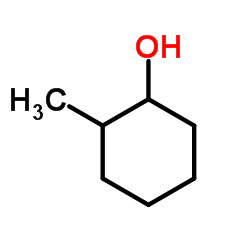| Structure | Name/CAS No. | Articles |
|---|---|---|
 |
2-Methylcyclohexanol
CAS:583-59-5 |
| Structure | Name/CAS No. | Articles |
|---|---|---|
 |
2-Methylcyclohexanol
CAS:583-59-5 |